Results 1 to 1 of 1
Thread Information
Users Browsing this Thread
There are currently 1 users browsing this thread. (0 members and 1 guests)
-
11-29-2014, 01:59 AM #1
N.Y. 5,000 psychiatric patients buried in unmarked graves
Willard cemetery effort draws attention of NY Times
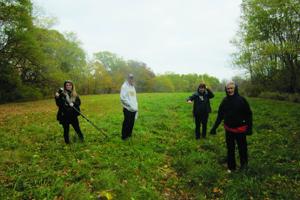
Dave L. Shaw photos / Finger Lakes Times
Willard cemetery tour
Members of the Willard Cemetery Memorial Committee show New York Times writer Dan Barry (second from left) and a photographer around the site Thursday.
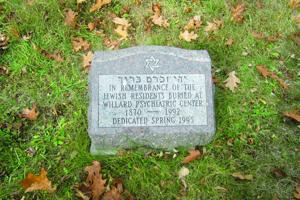

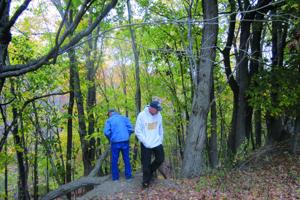
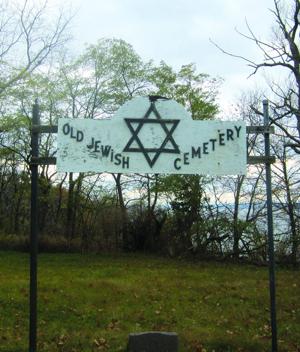
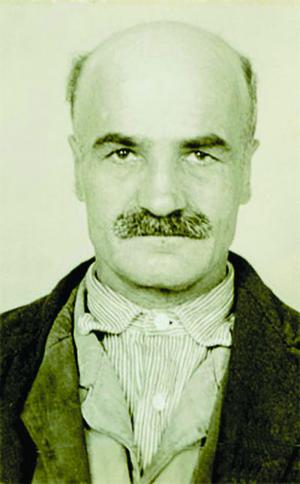
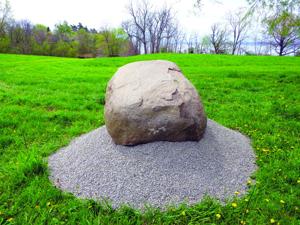
Posted: Friday, October 31, 2014 5:15 pm
By DAVID L. SHAW dshaw@fltimes.com | 1 comment
WILLARD — The effort to memorialize the more than 5,000 former Willard Psychiatric Center patients buried in unmarked graves has drawn the attention of The New York Times.
Writer and columnist Dan Barry, along with a photographer and videographer, arrived Wednesday and were leaving today.
On Thursday, they visited the 25-acre cemetery site overlooking Seneca Lake with members of the Willard Cemetery Memorial Committee, led by Colleen Spellecy of Waterloo. While there, they saw the graves marked only with small numbered metal discs set in concrete, covering a vast expanse of greenery.
Spellecy and other committee members showed them around and answered questions.
Barry said the story of gravedigger Lawrence Mocha is what piqued his interest in the Willard cemetery. The committee is battling with the state Office of Mental Health over permission to put Mocha’s name and dates of his birth and death and role as gravedigger on a special plaque to commemorate his hand-digging of some 1,500 graves of Willard patients.
“I have written stories about the treatment of disabled persons, with plans to write a book,” Barry said. “In the process of doing research for the book, I visited the Museum of Disabilities in Buffalo, where I saw a small exhibit on Willard Psychiatric Center and its unmarked graves. The museum has information about other state-run psychiatric centers and the stories were moving and upsetting.”
About a month ago, he was continuing to do research at the Central Islip Psychiatric Center on Long Island, which also has a cemetery with unmarked graves.
That’s when he discovered more about the Willard cemetery, Lawrence Mocha and the local committee’s effort to honor the dead with some recognition. He contacted Spellecy to arrange a visit.
Meanwhile, he also learned of the Willard “suitcase project.”
Suitcases — brought by arriving Willard residents — were put in storage for years and recently were opened. They revealed personal items that told stories of “the lives they left behind.”
Barry is unsure when his story will be written and published.
Also part of Thursday’s tour of the cemetery was Gunter Minges of Ovid, who served as head groundskeeper at Willard from 1959 until it closed.
Minges said he and his assistant, Mike Huff, knew Mocha personally and interacted with him frequently.
“I started here in 1959, and Lawrence died in 1968,” Minges said.
“He was from Austria and I’m from Germany, so I spoke German to him often, which he seemed to appreciate.”
Minges said he remembers Mocha having breakfast and walking down to the cemetery virtually every day to dig a grave by hand or tend those already finished.
“He worked through lunch and, around 3 p.m., would go back to the building for supper,” he said.
Mocha built a 10-by-10-foot shed, complete with a wood stove, which he stayed in while at the cemetery.
“I remember he made a template out of 2-by-4s that he used to make sure the graves were perfectly square and the right depth,” Minges said. “Then he used it as a ladder to climb out of the dug grave.”
In the winter, the staff would bring in an air hammer to break up the frozen top layers of ground so Mocha could get to the soft dirt and dig the grave.
“He was a quiet person, but would talk once he got to know us,” Minges said. “He liked us groundspeople. We gave him wood and little treats.”
The psychiatric center’s carpentry shop made the pine boxes that served as caskets for the Willard dead.
Spellecy and the committee continue working with the state OMH to try to convince the agency to allow the Willard dead to be identified and recognized, especially Mocha.
http://www.fltimes.com/news/article_...8a22168cc.html
NO AMNESTY
Don't reward the criminal actions of millions of illegal aliens by giving them citizenship.
Sign in and post comments here.
Please support our fight against illegal immigration by joining ALIPAC's email alerts here https://eepurl.com/cktGTn
Similar Threads
-
Non-Muslims Buried Alive: 500 Yazidis killed, buried in mass grave by ISIS
By AirborneSapper7 in forum Other Topics News and IssuesReplies: 0Last Post: 08-28-2014, 01:02 AM -
What's behind 2,000 unmarked graves?
By JohnDoe2 in forum Other Topics News and IssuesReplies: 0Last Post: 03-08-2014, 01:37 PM -
A Volcano Buried In SE Louisiana? “Door Point: A Buried Volcano In Southeast Louisian
By kathyet in forum General DiscussionReplies: 3Last Post: 03-12-2013, 10:00 PM -
M3 Report: 18 Bodies found in Unmarked Graves in Chihuahua
By SicNTiredInSoCal in forum illegal immigration News Stories & ReportsReplies: 0Last Post: 11-30-2010, 12:10 PM -
Mexican Immigrants More Likely to Have Psychiatric Disorders
By FedUpinFarmersBranch in forum illegal immigration News Stories & ReportsReplies: 3Last Post: 09-19-2009, 01:15 PM


 LinkBack URL
LinkBack URL About LinkBacks
About LinkBacks




 Reply With Quote
Reply With Quote


Watch: Paul, Hawley Torch Mayorkas To His Face On Laken Riley's...
04-19-2024, 02:32 PM in illegal immigration News Stories & Reports